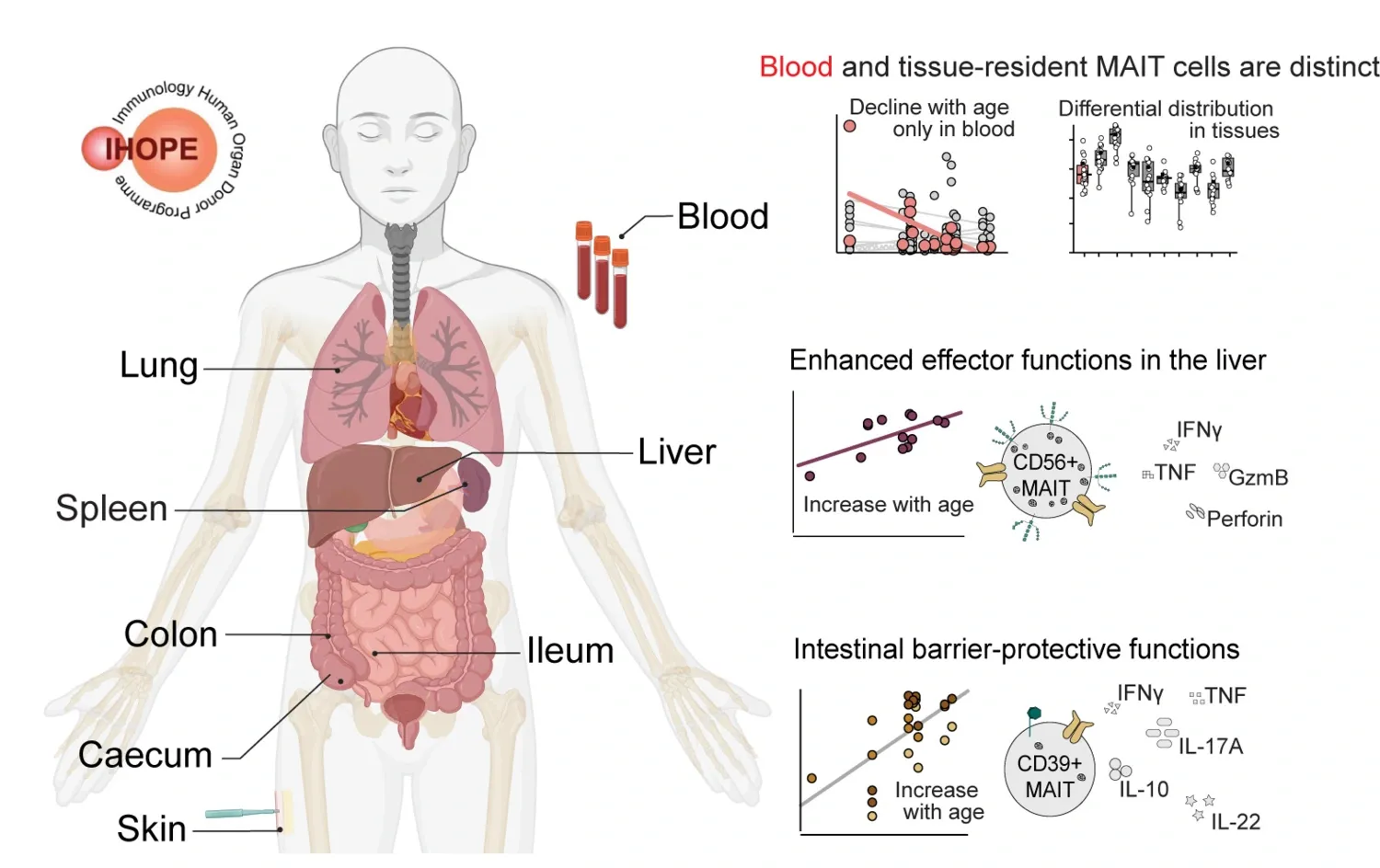2024-09-09 プリンストン大学
<関連情報>
- https://engineering.princeton.edu/news/2024/09/09/researchers-bend-dna-strands-light-revealing-new-way-study-genome
- https://www.cell.com/cell/fulltext/S0092-8674(24)00828-6
凝縮界面力によるDNA座位の再配置とクロマチン粘弾性のプローブ Condensate interfacial forces reposition DNA loci and probe chromatin viscoelasticity
Amy R. Strom, Yoonji Kim, Hongbo Zhao ,… , Andrej Košmrlj, Cornelis Storm,Clifford P. Brangwynne
Cell Published:August 20, 2024
DOI:https://doi.org/10.1016/j.cell.2024.07.034
Graphical abstract
Highlights
- VECTOR enables rapid, precise genome reorganization through condensate capillarity
- Engineered condensate interfaces exert force on programmable target loci
- DNA loci exhibit significant viscoelastic heterogeneity across nuclear positions
- Native condensates are likely sites of force generation without ATP-driven motors
Summary
Biomolecular condensates assemble in living cells through phase separation and related phase transitions. An underappreciated feature of these dynamic molecular assemblies is that they form interfaces with other cellular structures, including membranes, cytoskeleton, DNA and RNA, and other membraneless compartments. These interfaces are expected to give rise to capillary forces, but there are few ways of quantifying and harnessing these forces in living cells. Here, we introduce viscoelastic chromatin tethering and organization (VECTOR), which uses light-inducible biomolecular condensates to generate capillary forces at targeted DNA loci. VECTOR can be utilized to programmably reposition genomic loci on a timescale of seconds to minutes, quantitatively revealing local heterogeneity in the viscoelastic material properties of chromatin. These synthetic condensates are built from components that naturally form liquid-like structures in living cells, highlighting the potential role for native condensates to generate forces and do work to reorganize the genome and impact chromatin architecture.



